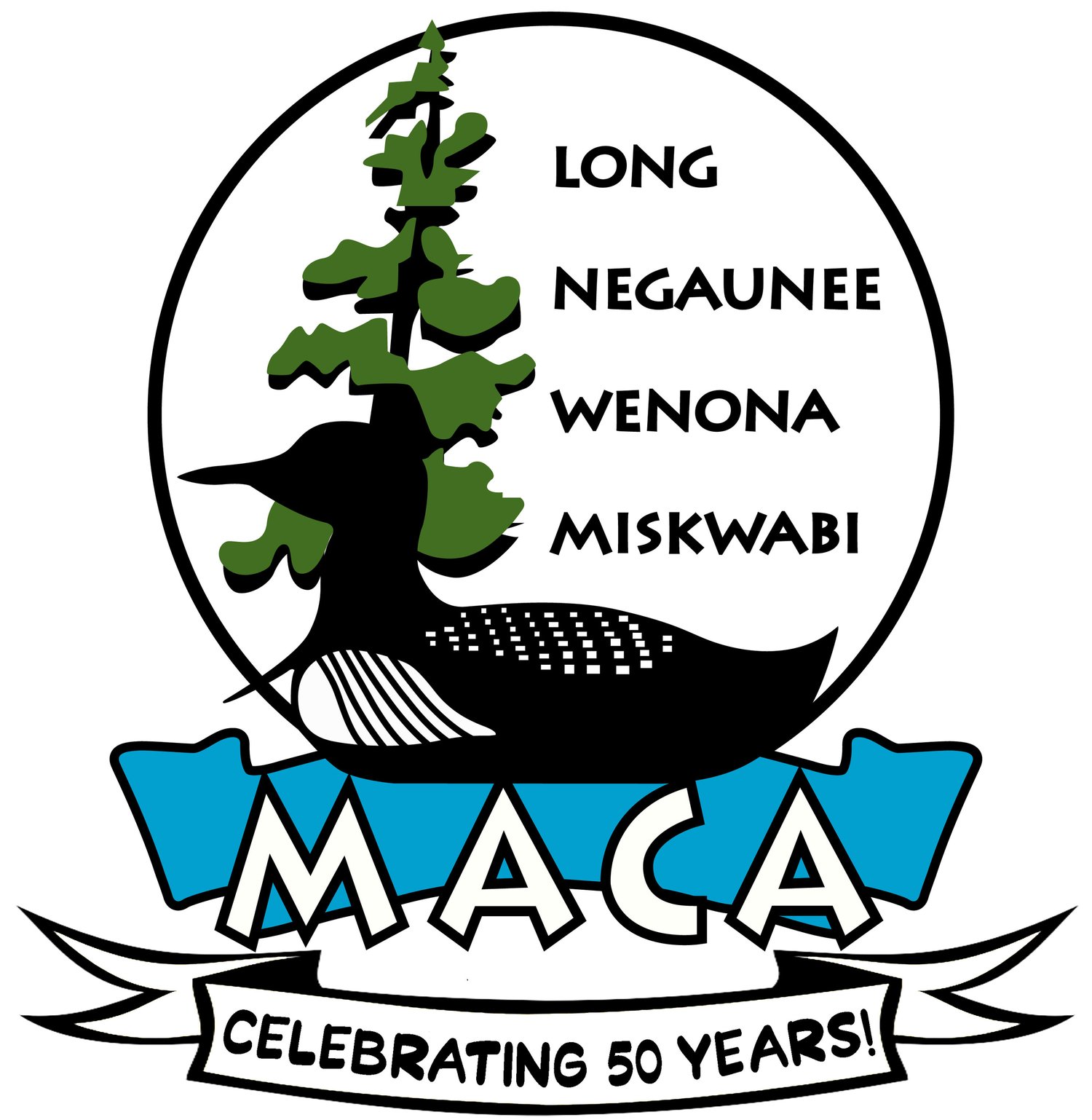
Lake Plan
Municipality of Dysart et al and the County of Haliburton Official Plans
Municipality of Dysart et al Official Plan (https://www.dysartetal.ca/en/build-and-invest/Planning%20Resources/Dysart%20Official%20Plan.pdf)
Haliburton County Official Plan (https://www.haliburtoncounty.ca/en/planning-and-maps/resources/Documents/County-of-Haliburton-Official-Plan-2017.pdf)
The Official Plan is the policy document that guides how land is used. From time to time these Official Plans are reviewed and revised with input from the public, and from groups such as MACA. Official Plans are important to us because they affect public policy on land use and development. MACA actively participates in the Official Plan review process. For more information on MACA's involvement, the following documents are available:
The Miskwabi Area Watershed Plan
72 full-colour pages of geological and natural history, area maps, and more. This document provides a tremendous amount of information about our watershed area. It highlights the values of the property owners in our area as obtained through a comprehensive survey. The plan took 4 years to complete with final edits made in 2015.
You can also download a PDF copy of the Watershed Plan by clicking on the link below:
Miskwabi Area Watershed Plan (http://www.futurecottage.com/maca/miskwabi_area_watershed_plan_2015.pdf)
Brief History of MACA's Lake Planning Process
By Mike Giza, Past President
At the MACA Annual General Meeting in July 2010, there was a presentation on lake planning and a discussion of the process.
As explained in the Lake Planning Handbook for Community Groups, lake planning is a strategic process that provides an opportunity to engage all the people, governments, and business operators to develop plans and implement actions to maintain or improve the natural and social qualities of life on Ontario lakes and rivers.
Beginning in 1999, the approach to planning shifted to a "bottom up" process from a "top down" one. This gives the communities involved a voice in establishing stewardship actions and government regulations. During the past ten years many Haliburton lakes have developed plans. Some of these are: Eagle Lake, Kennisis Lake, Halls and Hawk Lakes and Mountain Lake.
Below is an outline based on the Planning Handbook of the steps and timelines that would be involved in pursuing a lake plan for our watershed.
THE LAKE PLANNING PROCESS
Phase 1: Getting Organized
Garner interest
Obtain initial approval
Set up steering committee
Seek funding
Announce the Lake Plan Project
This phase can take 1 to 2 years.
Phase 2: Collect Background Information
Determine the scope of the Lake Plan
Prepare work list of the information to be collected
Contact non-residential stakeholders
Prepare, distribute and collate survey information
Conduct a residents' workshop and prepare summary
Phase 3: Analyze and Summarize Background Information
Analyze background information and summarize results
Provide draft observations and recommendations to public
Review issues, strategies and final draft plan
Phases 4, 5 and 6: Prepare, Review and Obtain Approval of Draft Plan
Prepare draft plan
Circulate draft plan for internal review
Release draft plan for public review
Conduct open house
Consider public comments and prepare final Lake Plan
Provide intent to approve plan
Approve plan
Phase 7: Action Plan Implementation
Release Lake Plan
Implement actions
Phase 8: Monitoring and Updating the Lake Plan
The lake plan should be monitored on an on-going basis and updated every five years.


